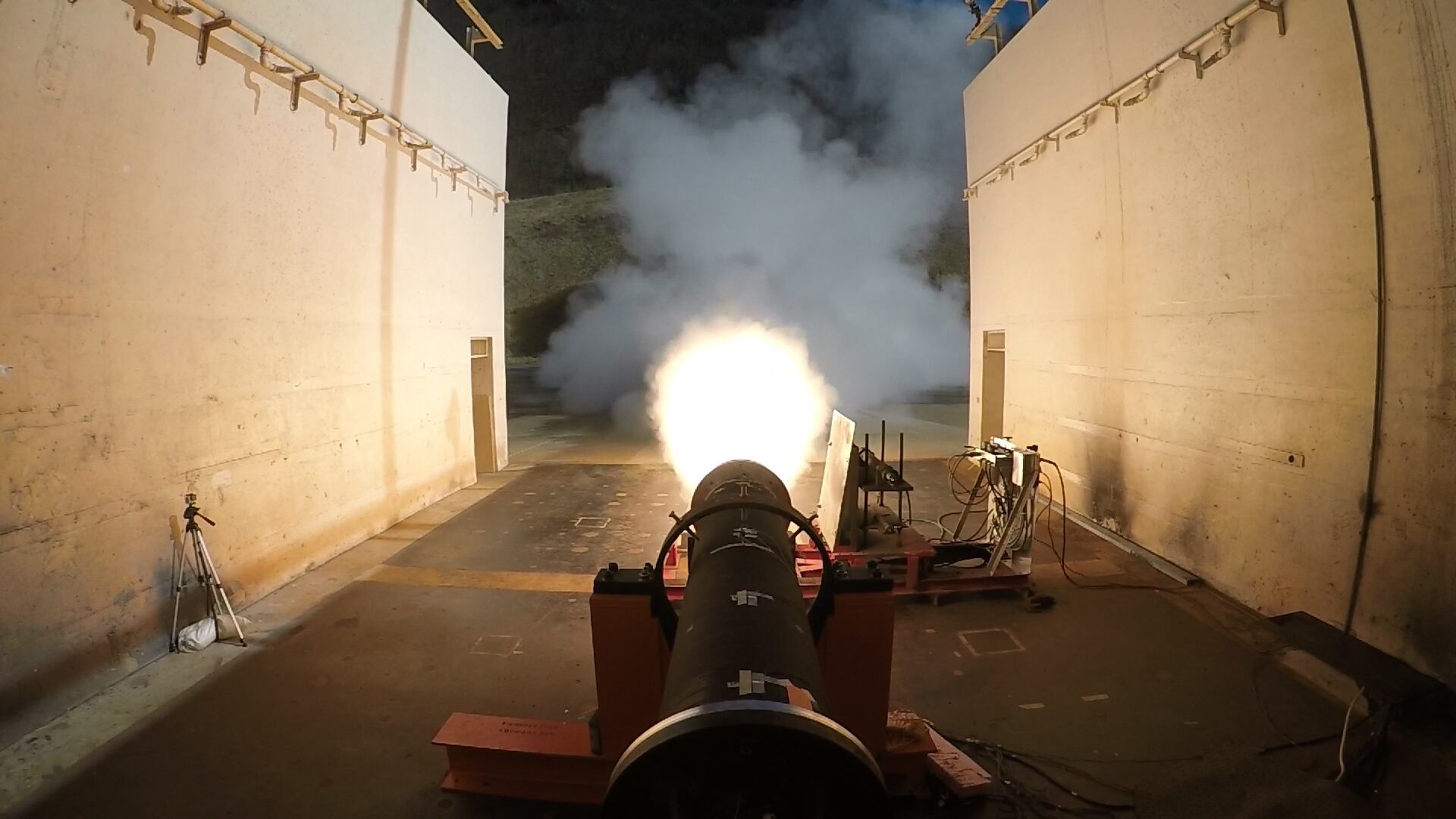HUNTSVILLE, Ala. — Raytheon Technologies exited the U.S. Army’s Precision Strike Missile competition in early 2020 after struggling to get to a first flight test. But now, after making a deal with the service, the company has partnered with Northrop Grumman for a chance to develop a future increment of the munition.
Lockheed Martin and Raytheon were the initial competitors, developing the PrSM to replace the Army’s Tactical Missile System. PrSM is one of the key technology development programs in the Army’s long-range precision fires portfolio, part of the service’s new wave of modernization priorities identified in 2017.
The Army awarded Raytheon a $97.7 million contract in February to advance its design for the Long Range Maneuverable Fires program, planned to become the PrSM Increment 4 effort. This fourth step focuses on dramatically extending the range of PrSM, possibly from its current planned 499 kilometers (310 miles) to more than double that distance.
“Working collaboratively with Northrop Grumman, the team will mature its innovative design, featuring advanced propulsion technology as a key enabler for extending range, as well as enhancement for survivability and lethality,” according to a Raytheon statement.
The two companies will design, build and test the propulsion subsystem for DeepStrike-ER, which they describe as an “advanced missile solution that will demonstrate the capability to achieve the Army’s desired range and effectiveness against next-generation threats.”
Brad Barnard, Raytheon’s executive director of precision fires and maneuver, told Defense News the company is developing an entirely new missile design rather than reworking its PrSM approach from the previous competitive effort.
Raytheon was developing a PrSM missile in an Army-led competitive technology maturation and risk reduction phase, but struggled to get the weapon ready for flight tests. The Army and Raytheon mutually decided to end the effort in March 2020.
By that time, Lockheed had already participated in two successful test flights. The firm is now preparing to field the first increment of the missile to the Army this year.
The service has plans to field PrSM in capability increments, with the second focused on adding a ship-killing capability through an enhanced seeker, with fielding planned for fiscal 2026. The Army has not disclosed a plan and path for the third increment.
Lockheed also announced Monday the U.S. chose it to develop a missile for the PrSM Increment 4 effort, noting its weapon “can be fired from existing Army launchers to defeat distant threats at ranges that significantly exceed those of the PrSM baseline.”
According to the Aviation and Missile Technology Consortium, that contract award is worth $33 million.
Lockheed said in a statement the first phase of the effort will focus on design and risk reduction. There will be optional follow-on phases that lead to flight tests.
The Army has not shared a detailed schedule for design development.
The High Mobility Artillery Rocket System, made by Lockheed Martin, will fire the PrSM.
In October 2021, the Army conducted a long-range flight test of PrSM that is believed to have exceeded the current range requirement of 499 kilometers. The Army has not disclosed the distance it traveled during the flight test at Vandenberg Space Force Base, California, but the goal was to see how far the weapon can travel beyond its previous requirement.
The original intent was to reach a maximum of 499 kilometers, but America’s 2019 withdrawal from the Intermediate-Range Nuclear Forces Treaty with Russia has allowed the U.S. Army to develop the missile to fly farther. The treaty had prevented the development of missiles with ranges between 499 and 5,000 kilometers.
Jen Judson is an award-winning journalist covering land warfare for Defense News. She has also worked for Politico and Inside Defense. She holds a Master of Science degree in journalism from Boston University and a Bachelor of Arts degree from Kenyon College.








